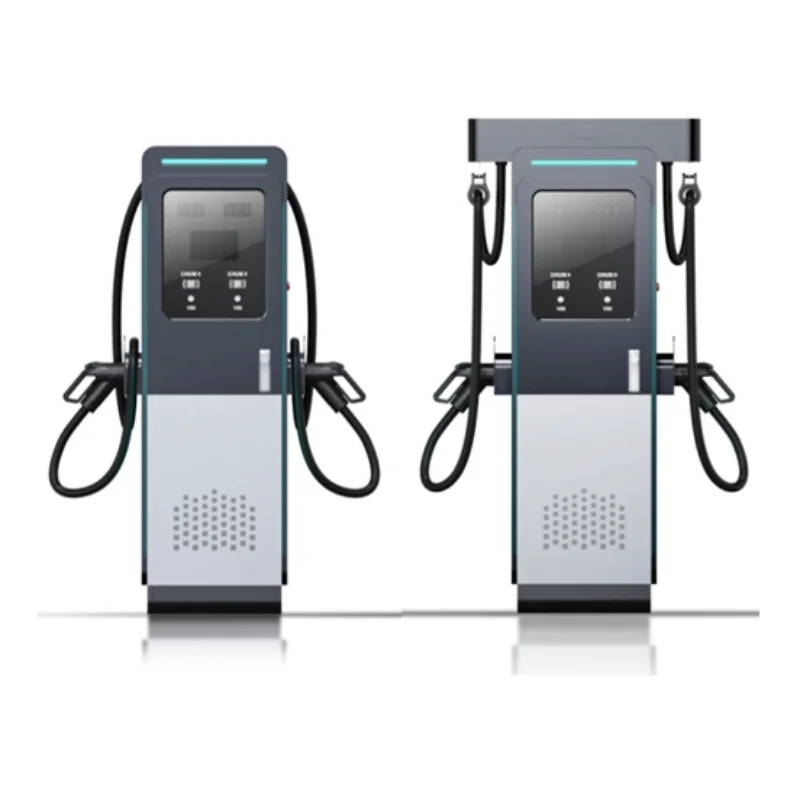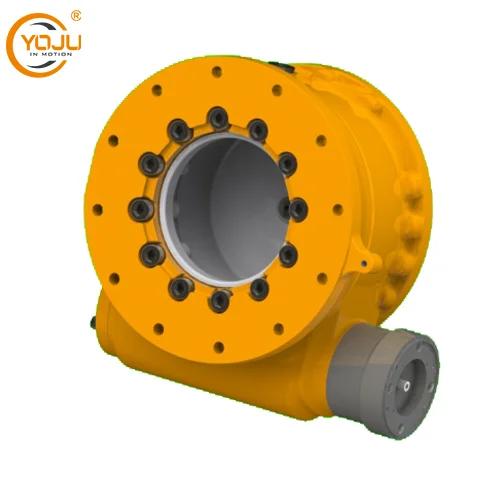Radioactive waste is a byproduct of various industries, including nuclear power generation, medicine, and research. Proper disposal of this waste is crucial to protect human health and the environment. In this article, we will explore the challenges associated with radioactive waste disposal and discuss innovative approaches that ensure long-term safety and sustainability.
- Categorizing Radioactive Waste:
To effectively dispose of radioactive waste, it is essential to classify it based on its level of radioactivity and half-life. The International Atomic Energy Agency (IAEA) categorizes waste into low-level, intermediate-level, and high-level waste. Each category requires specific disposal methods to minimize the risk of radiation exposure. - Disposal Methods for Low-Level Waste:
Low-level radioactive waste, which has relatively low levels of radioactivity, can often be safely disposed of using conventional methods. These include solidification, encapsulation, and burial in specially designed landfills. The waste is typically encased in concrete or other stable materials to prevent leaching and dispersion of radioactive materials. - Innovative Approaches for Intermediate-Level Waste:
Intermediate-level waste contains higher levels of radioactivity and requires more sophisticated disposal techniques. One promising approach is deep geological repositories. These repositories are constructed deep underground in stable rock formations, providing multiple barriers to prevent the release of radioactive materials. Countries like Sweden and Finland have made significant progress in implementing this method. - Advanced Solutions for High-Level Waste:
High-level waste, such as spent nuclear fuel, poses the greatest challenge due to its long half-life and high radioactivity. One innovative solution is the concept of deep borehole disposal. This method involves drilling deep boreholes in suitable geological formations and placing the waste in canisters that are then sealed and surrounded by dense materials. This approach ensures isolation from the biosphere and minimizes the risk of contamination. - Transmutation and Future Technologies:
Transmutation, the process of converting long-lived radioactive isotopes into shorter-lived or stable isotopes, holds promise for reducing the long-term hazards of high-level waste. Advanced technologies, such as accelerator-driven systems and molten salt reactors, are being explored to achieve transmutation. These technologies have the potential to significantly reduce the volume and toxicity of radioactive waste.
Conclusion:
The disposal of radioactive waste is a complex and critical task that requires careful consideration of long-term safety and environmental impact. By categorizing waste, implementing innovative disposal methods, and exploring future technologies like transmutation, we can ensure the protection of future generations from the hazards of radioactive waste. It is imperative that governments, industries, and scientific communities collaborate to develop and implement these solutions, safeguarding the future for all.







+ There are no comments
Add yours